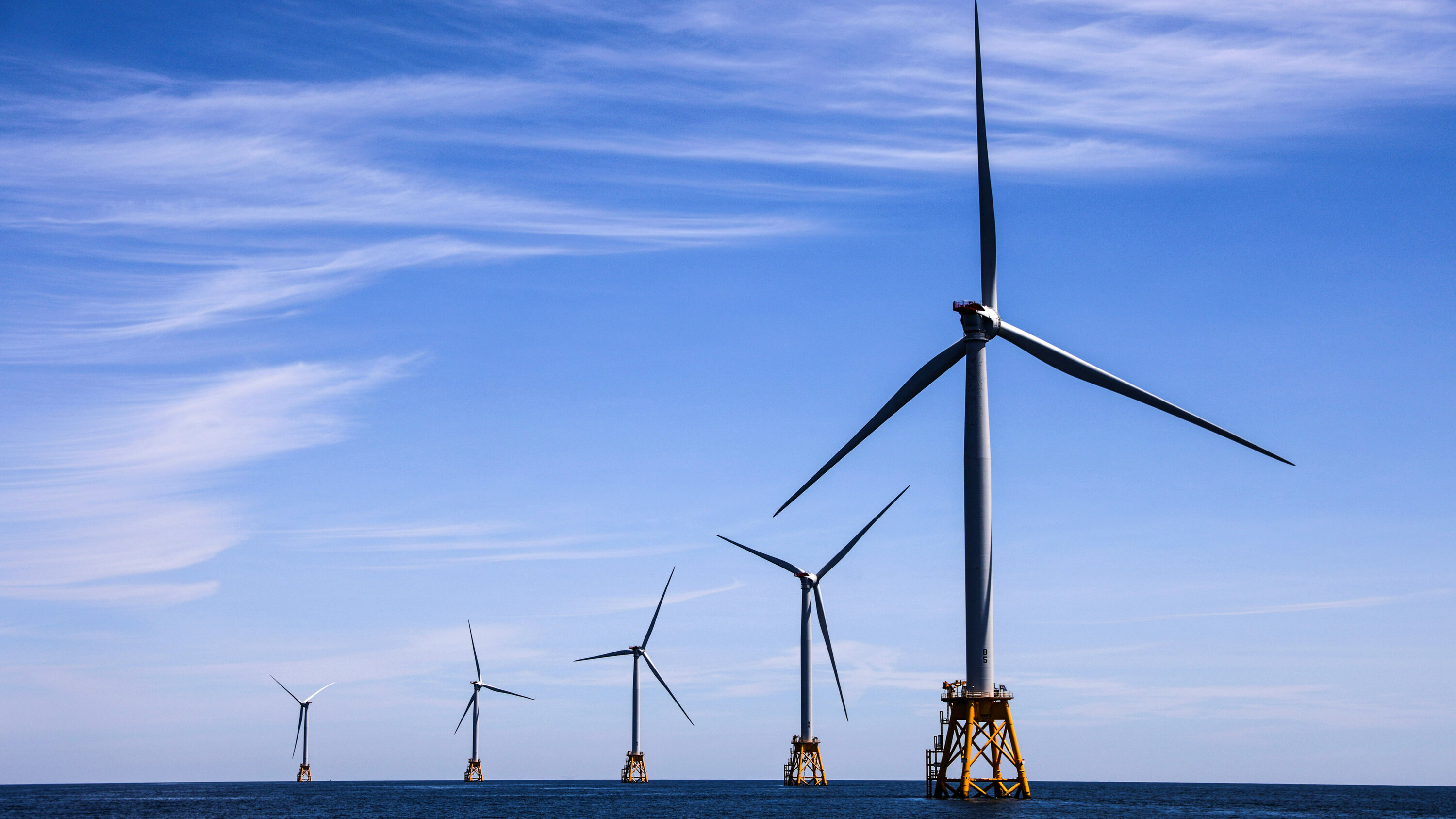Offshore Siting and Timing: Navigating the Waters of Renewable Energy

In the realm of renewable energy, offshore siting and timing play pivotal roles in the successful implementation of projects. With increasing emphasis on reducing carbon emissions and transitioning towards sustainable energy sources, offshore locations offer vast potential for harnessing wind, tidal, and wave power. However, the decision-making process concerning where and when to establish offshore energy installations involves a myriad of factors ranging from environmental considerations to economic viability and regulatory frameworks.
Understanding Offshore Siting
Offshore siting refers to the selection of locations for renewable energy projects such as offshore wind farms, tidal energy arrays, and wave energy converters. These sites are strategically chosen based on various factors including wind speed, water depth, seabed conditions, proximity to onshore electricity grids, and environmental sensitivity. The goal is to identify areas with optimal conditions for energy generation while minimizing potential negative impacts on marine ecosystems and human activities.
Factors Influencing Offshore Siting
- Wind Resources: Wind energy projects require consistent and strong wind resources to ensure reliable electricity generation. Offshore siting involves thorough wind resource assessments using data from meteorological stations, satellite measurements, and numerical modeling to identify areas with high wind speeds and low turbulence.
- Water Depth: The depth of the water at potential offshore sites is a critical factor that determines the type of renewable energy technology that can be deployed. While shallow waters are suitable for fixed-bottom offshore wind turbines and tidal energy devices, deeper waters may necessitate the use of floating wind platforms and subsea structures.
- Seabed Conditions: The stability and composition of the seabed influence the feasibility and cost of installing offshore infrastructure. Soft sediments, rocky seabeds, and geological features such as fault lines must be carefully evaluated to assess the suitability of the site for anchoring turbines or securing underwater cables.
- Environmental Considerations: Offshore siting decisions must account for potential impacts on marine ecosystems, including seabirds, fish, marine mammals, and habitats such as coral reefs and seagrass beds. Environmental impact assessments (EIAs) are conducted to evaluate the potential risks and develop mitigation measures to protect sensitive species and habitats.
- Spatial Planning and Zoning: Offshore siting is also influenced by spatial planning initiatives and marine spatial planning (MSP) processes that aim to allocate space for various marine activities while minimizing conflicts. Stakeholder engagement and consultation are essential for identifying suitable areas for renewable energy development that balance environmental conservation with socio-economic interests.
The Importance of Timing in Offshore Energy Projects
Timing plays a crucial role in the development and operation of offshore energy projects, encompassing various stages from planning and permitting to construction, commissioning, and decommissioning.
Project Development Lifecycle
- Planning and Permitting: The initial phase of an offshore energy project involves conducting feasibility studies, securing permits and licenses, and obtaining regulatory approvals from government agencies. Delays in the permitting process can significantly impact project timelines and financing arrangements.
- Construction and Installation: The construction phase entails the mobilization of vessels, equipment, and personnel to the offshore site for installing turbines, foundations, cables, and other infrastructure components. Weather conditions, vessel availability, and logistical challenges can affect construction schedules and productivity.
- Operations and Maintenance (O&M): Once operational, offshore energy facilities require regular maintenance and servicing to ensure optimal performance and reliability. O&M activities include inspections, repairs, component replacements, and troubleshooting of technical issues. Timely maintenance is essential to minimize downtime and maximize energy production.
- Decommissioning and Closure: At the end of their operational life, offshore energy installations must be decommissioned and removed from the marine environment in accordance with regulatory requirements. Decommissioning activities involve the dismantling, salvage, and disposal of infrastructure components while minimizing environmental impacts.
Challenges and Opportunities
Despite the immense potential of offshore renewable energy, siting and timing present several challenges that must be addressed to facilitate the widespread adoption of these technologies.
- Navigating Regulatory Frameworks: Offshore energy projects must navigate complex regulatory frameworks at the local, national, and international levels, which can involve multiple stakeholders with competing interests. Streamlining permitting processes and providing regulatory certainty can accelerate project development and reduce investment risks.
- Infrastructure and Supply Chain Constraints: The offshore renewable energy sector relies on specialized vessels, equipment, and components for construction and maintenance activities. Developing robust supply chains and infrastructure facilities is essential to support the growth of the industry and avoid bottlenecks that could delay project implementation.
- Environmental and Social Considerations: Balancing the need for renewable energy deployment with the protection of marine ecosystems and coastal communities is a key challenge. Engaging stakeholders early in the siting process and incorporating feedback from local communities can help address concerns and build trust in the project development process.
- Technological Innovation: Continued innovation in offshore renewable energy technologies is critical for reducing costs, improving performance, and expanding deployment options. Advances in floating wind platforms, underwater turbines, and energy storage solutions hold promise for unlocking new offshore sites and enhancing the resilience of energy systems.
Conclusion
Offshore siting and timing are fundamental aspects of renewable energy projects that require careful consideration of environmental, technical, regulatory, and socio-economic factors. By leveraging data-driven analysis, stakeholder engagement, and strategic planning, the offshore renewable energy sector can unlock vast untapped potential and contribute to a more sustainable and resilient energy future. However, addressing challenges such as regulatory complexity, infrastructure limitations, and environmental concerns will require collaborative efforts from governments, industry stakeholders, and civil society to ensure the responsible and equitable development of offshore energy resources.
